
Water determines the Great Lakes Region’s economic future
Climate change, geopolitics and business opportunities power a blue economy
More than five years ago, during an election campaign that saw the B.C. New Democrats form government, the party committed to enact a stand-alone law to protect species at risk of extinction.
In its 2017 platform, the NDP noted “there are more species at risk of going extinct in B.C. than anywhere else in Canada. Yet, we’re one of the only provinces in the country without stand-alone species at risk legislation.”
Half a decade later, both statements are still true.
B.C. is home to the most biodiversity in all of Canada. It’s also home to more species at risk than any other province or territory, with more than 1,900 species, sub-species and ecosystems officially at risk of extinction. Yet, despite the NDP’s election promise, B.C. has no stand-alone legislation to protect southern mountain caribou, spotted owls, whitebark pine or most of the other at-risk plants and animals in the province.
The B.C. government says at-risk species are protected through various pieces of provincial legislation, such as the B.C. Wildlife Act, the Land Act and the B.C. Forest and Range Practices Act.
But a new report brief from environmental organizations the Wilderness Committee and Sierra Club BC highlights “huge legal gaps” driving species extinction and extirpation (local extinction) in B.C. The two organizations, along with the Union of B.C. Indian Chiefs, are calling on Premier-designate David Eby to take swift action to enact a law — co-developed with Indigenous Peoples — that prioritizes biodiversity and ecosystem health and protects at-risk species.
“The status quo isn’t working,” Charlotte Dawe, conservation and policy campaigner for the Wilderness Committee, said in an interview.
Without significant changes to laws and policies to protect species at risk, Dawe said Canada’s goal to reverse the loss of biodiversity by the end of this decade will be “absolutely unattainable.”
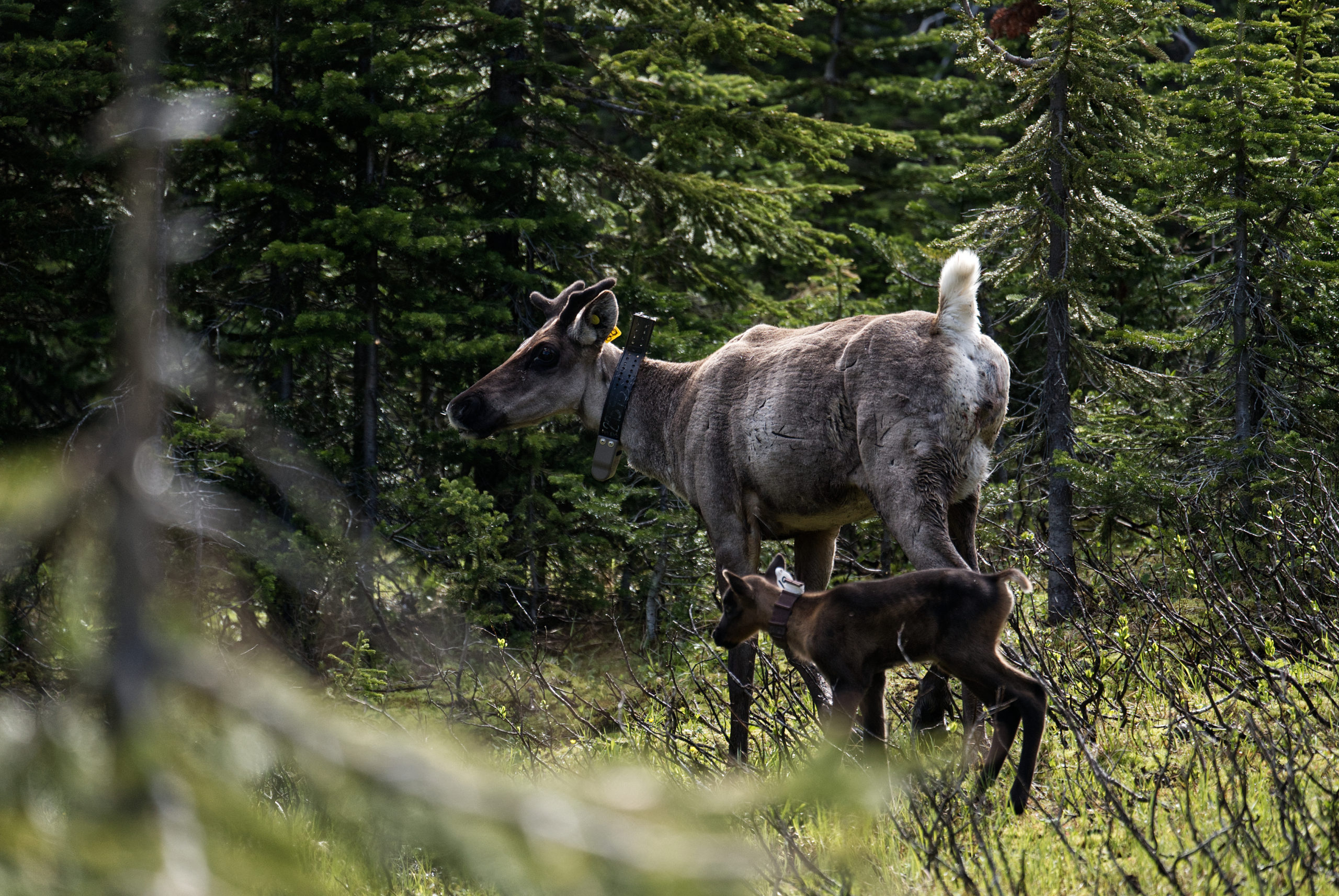
In a statement to The Narwhal, a spokesperson for the B.C. Ministry of Land, Water and Resource Stewardship said the province is exploring the possibility of new legislation and improvements to existing laws as part of its commitment to implementing recommendations from the Old Growth Strategic Review Panel, which called for a new law that prioritizes biodiversity.
“Protecting and promoting the recovery of threatened species in B.C. continues to be a priority for our government,” the statement said.
The Wilderness Committee and Sierra Club BC’s brief is based on an independent audit by biologist Jared Hobbs, who was commissioned by the groups to analyze existing federal and provincial protections for at-risk species in B.C.
Its release comes as Canada prepares to welcome representatives from around the world to Montreal next month for COP15, the United Nations biodiversity conference. Close to 200 countries will work to finalize an agreement to reverse biodiversity loss and avoid catastrophic outcomes from the sixth mass extinction event in the Earth’s history — the first extinction event caused by human activity.
The global agreement aims to halt and reverse biodiversity loss by 2030 and achieve its full recovery by 2050.
“The federal government is calling on provinces and territories to help meet COP15’s goals of halting biodiversity loss,” Dawe said in a press release. “But the federal and B.C. governments need to take a hard look at their own role in causing the extinction crisis.”
Canada’s Species at Risk Act is not sufficient to protect at-risk species in B.C., according to Hobbs’ 62-page report.
The Species at Risk Act automatically applies only to federal land — about one per cent of B.C. — leaving the vast majority of species in the rest of the province lacking any meaningful protections.
The report also found B.C.’s existing patchwork of laws do not address all threats driving species decline. For example, under B.C.’s forestry law, logging companies are not required to survey for at-risk species when they are laying out cutblock boundaries.
“Protection for species at risk in the province is largely piecemeal,” Hobbs said in an interview. “There are a lot of holes in the legislation that are well recognized.”
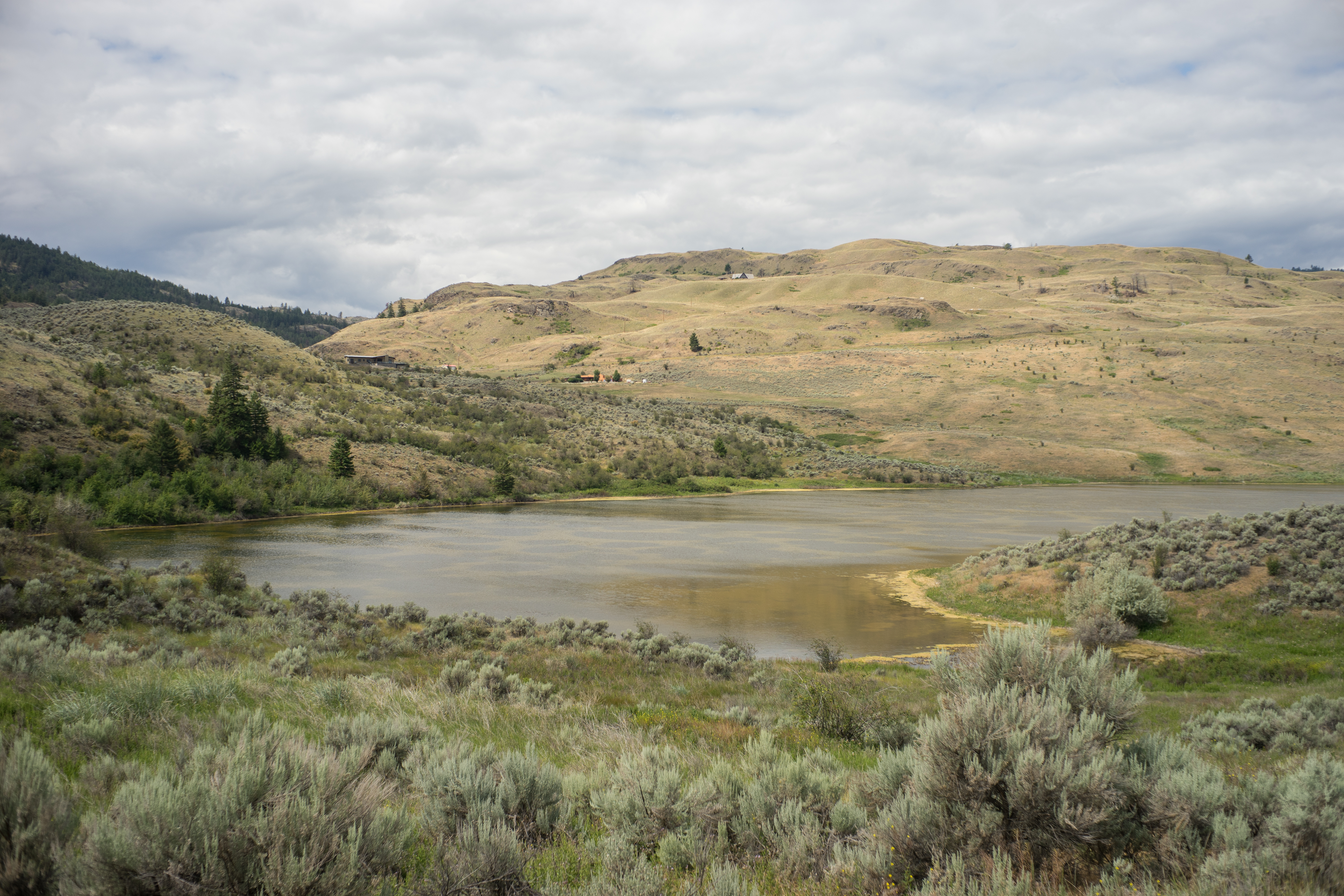
Under the federal Species at Risk Act, Ottawa can — though it rarely does — enact emergency measures to protect habitat critical to the survival and recovery of endangered species on provincial land. In B.C., that’s never happened, despite calls for the federal government to step in to protect highly endangered species such as the spotted owl and southern mountain caribou.
In a statement a spokesperson for Environment and Climate Change Canada said, as most of the land in Canada is not under federal jurisdiction, “Canada relies heavily on our partners’ willingness to advance area-based conservation work.”
The Hobbs report zeroed in on failures to implement the federal Species at Risk Act. Mapping of at-risk species habitat was consistently years overdue and still incomplete for 97 per cent of the species Hobbs examined. In the case of the spotted owl, critical habitat maps are almost 20 years overdue.
In cases where critical habitat has been mapped, the report documents the provincial government’s failure to protect it.
“Because of these legislative failures, species at risk continue to be sacrificed in the name of industrial extraction and many wildlife populations are nearing their tipping point,” the Wilderness Committee and Sierra Club BC brief said. “Business as usual on the landscape is no longer an option if we are to combat the biodiversity crisis.”
In a 2019 United Nations report, scientists warned biodiversity is declining at an unprecedented rate and about one million species face extinction. Habitat destruction, overexploitation of plants and animals, and climate change are all driving the loss of biodiversity.
Protecting habitat is essential for the recovery and long-term survival of at-risk species. Canada’s Species at Risk Act requires that recovery strategies, including maps of critical habitat — the habitat essential for a species’ recovery and persistence — be complete one year after a species is listed as endangered and within two years for threatened species.
But Hobbs’ analysis found “severe delays” in critical habitat mapping for 64 federally listed mammals, birds, amphibians, fish and reptiles in B.C.
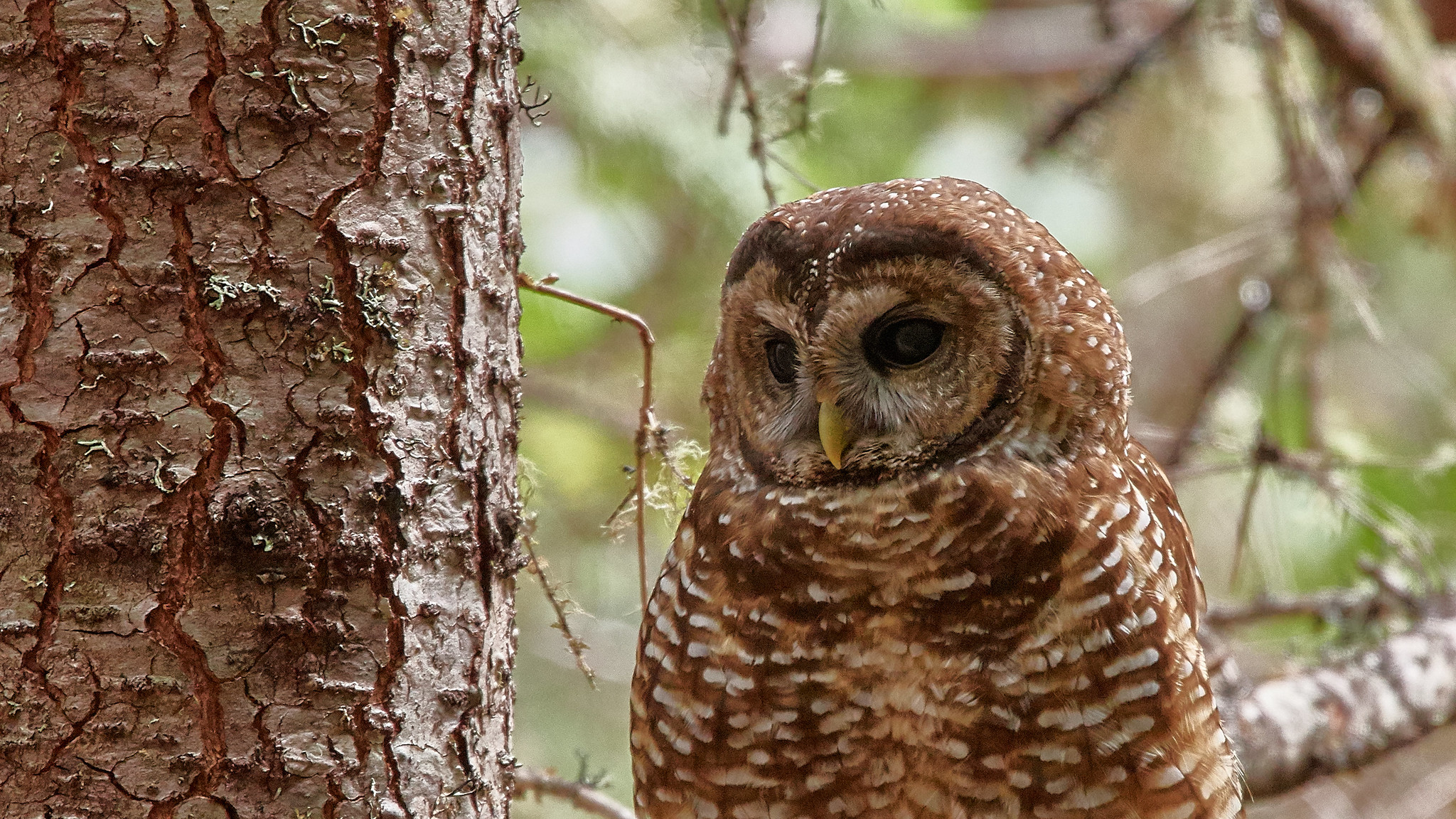
According to the report, critical habitat mapping for those species is, on average, more than one decade behind schedule.
“That’s an incredible delinquency given that you only have a year under [the] law for endangered [species] and two years for threatened,” Hobbs said in an interview.
The result is “continued unabated habitat loss and consequent decline for many species,” he wrote in the report.
Once critical habitat is identified and mapped, governments are supposed to restrict harmful activities in those areas. The process can be fraught as habitat for endangered species often overlaps with areas used for resource extraction, development and recreation, the report said.
Dawe pointed to the spotted owl. While waiting 18 years — and still counting — for the owl’s critical habitat to be identified, the wild population dwindled to just one bird. The B.C. government recently released three owls bred in captivity, as part of a desperate endeavour to save the species from Canadian extinction. At the same time, logging continues to whittle away old-growth forest habitat suitable for the owl.
Dawe said the B.C. government is holding up the identification of critical habitat for the spotted owl. But the federal government is ultimately responsible for critical habitat maps to be produced on time. That’s why lawyers for the environmental law charity Ecojustice petitioned federal Minister of Environment and Climate Change Steven Guilbeault last month, on behalf of the Wilderness Committee, demanding Ottawa issue an emergency order to protect the spotted owl.
Even in cases where critical habitat for a species is mapped, the B.C. government will still sanction activities that destroy it.
Dawe noted previous plans to log old-growth forests in critical habitat for the Columbia North southern mountain caribou herd in the Argonaut Valley, north of Revelstoke. Two southern mountain caribou herds in the region are locally extinct and three more herds are close to extirpation. The Columbia North herd is thought to have the greatest chance of survival, she said.
Dawe said the government is investing in habitat restoration while also opening up critical caribou habitat to logging not far away. The government only halted the planned logging following public backlash, she pointed out, and the area is now included in old-growth logging deferrals.
“But those deferrals only last two years so we don’t really know what will happen after that,” she said.
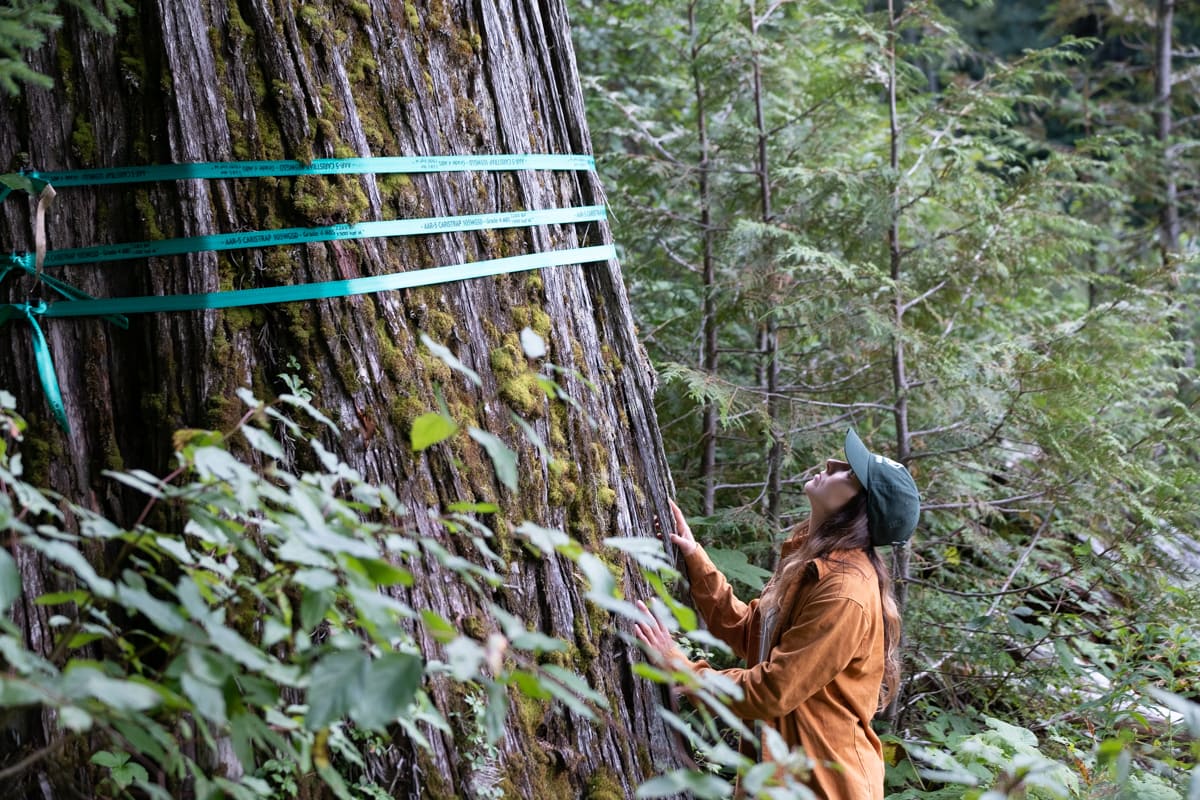
The situation in Argonaut Valley isn’t an isolated case. “I’m finding repeated instances of provincially approved logging permits within mapped critical habitat, even though it’s listed as an activity likely to destroy [habitat],” Hobbs said.
Dawe said “the burden shouldn’t be on the public’s outrage to stop logging plans from harming species at risk.”
“We need to have laws that preemptively protect habitat in the first place and reward companies that are able to adjust their logging plans not to harm species.”
B.C.’s existing patchwork of laws aren’t up to that task, according to the report.
In 1996, the provinces and territories — except for Quebec and Nunavut, which was not yet a territory — signed the National Accord for the Protection of Species at Risk, agreeing to protect species through legislation and programs.
In addition to B.C., three provinces and a territory — Alberta, Saskatchewan, Prince Edward Island and Yukon — failed to follow through and did not enact stand-alone legislation. The Hobbs report notes four at-risk species are legally protected under B.C.’s Wildlife Act.
Another Act the province cites as part of its approach to managing species at risk is the Forest and Range Practices Act.
But, according to Dawe, “there’s quite literally no legislative protection for species at risk within it because logging companies aren’t required to even survey for them in the first place.”
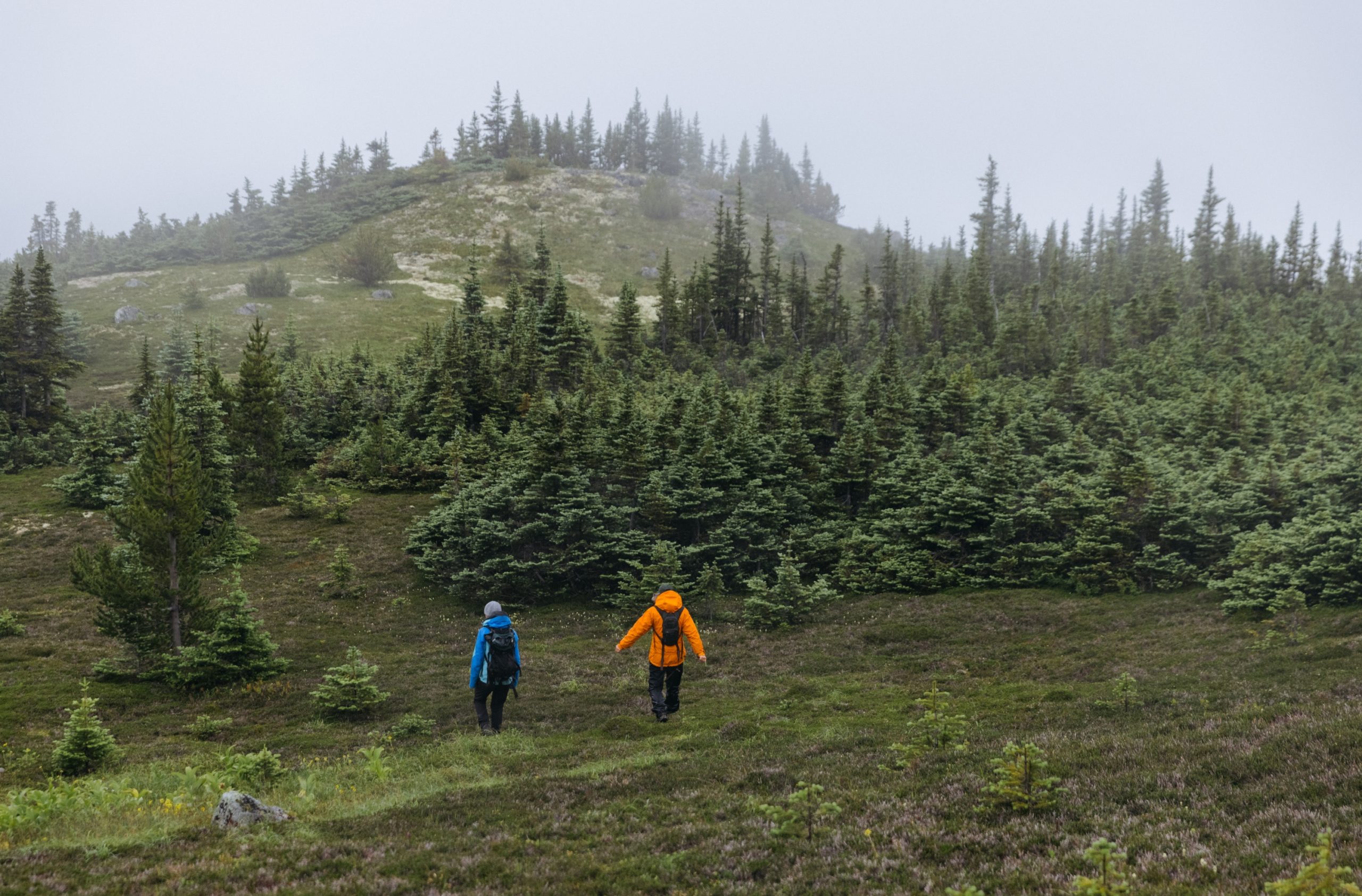
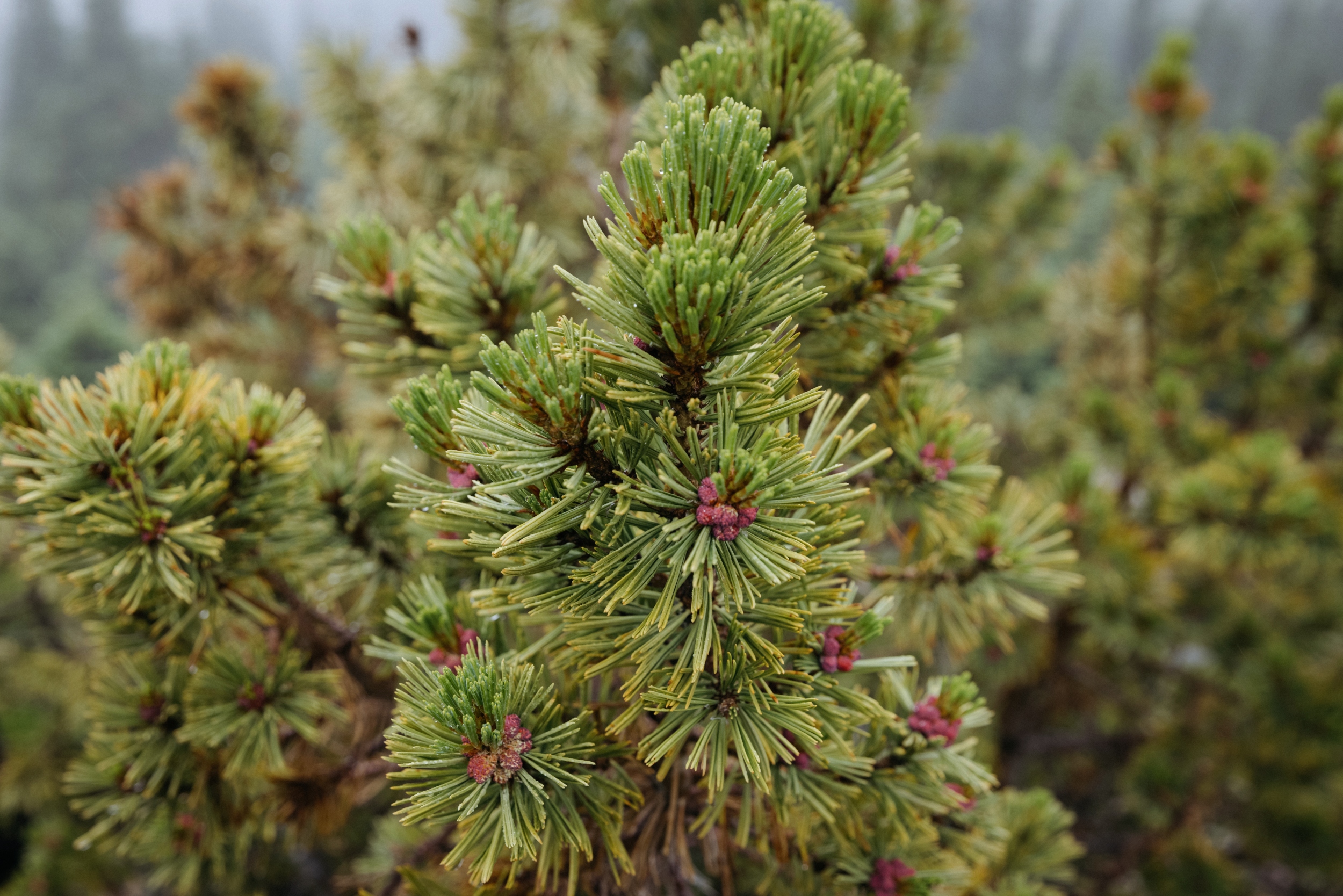
The act allows for the creation of wildlife habitat areas to conserve critical habitat for species listed under the act. The challenge, Hobbs said, is the list of at-risk species has not been updated since 2006 and dozens of threatened and endangered species aren’t on it.
Alongside considering new legislation, a spokesperson for the B.C. Land Ministry said the government is assessing existing conservation tools and laws and is planning to update legal lists of species at risk. The province has also committed to improving the Wildlife Act in its Together for Wildlife Strategy.
At the same time, the province and federal government are still negotiating a new Nature Agreement to strengthen conservation in the province.
“Through the agreement, we will work with Indigenous Peoples on new approaches to protect ecosystems and species at risk, manage and maintain biodiversity, restore habitat and strengthen ecosystem resilience to climate change,” the statement said.
A spokesperson for Environment and Climate Change Canada said the agreement could see improved conservation of species at risk with new permanent protection in some areas and the use of multi-species approaches to conservation. The two governments are aiming to finalize the agreement by the end of this year, the federal spokesperson said.
Dawe pointed to resource extraction as a major reason why many species are faced with extinction. “Because we’re the cause, I think we have the responsibility to also be the solution,” she said.
Plants and animals have inherent rights to exist, according to Dawe, but they’re also vitally important to people.
“As the ecosystems start to break down, all the services that they provide, that human life is reliant on, also start to break down.”
Overarching biodiversity legislation could help change the way decisions are made about resource extraction and other development projects to reduce their impacts on nature, Dawe explained. It could also “motivate companies to propose better projects that aren’t so disastrous, that aren’t so harmful.”
The report also found the B.C. Parks system is failing to safeguard biodiversity because ecological zones with the highest biodiversity — the ones with the greatest variety of life — are significantly underrepresented in protected areas.
As Canada prepares for the upcoming biodiversity conference, Dawe said she could do without the “showy speeches.”
“If they don’t show up with policy changes then it’s just going to be a waste of everyone’s time.”
Get the inside scoop on The Narwhal’s environment and climate reporting by signing up for our free newsletter. On a warm September evening nearly 15...
Continue reading
Climate change, geopolitics and business opportunities power a blue economy

10 billion litres of sewage are dumped into Winnipeg’s lakes and rivers each year. Some...

Court sides with Xatśūll First Nation, temporarily halting Mount Polley mine waste expansion
